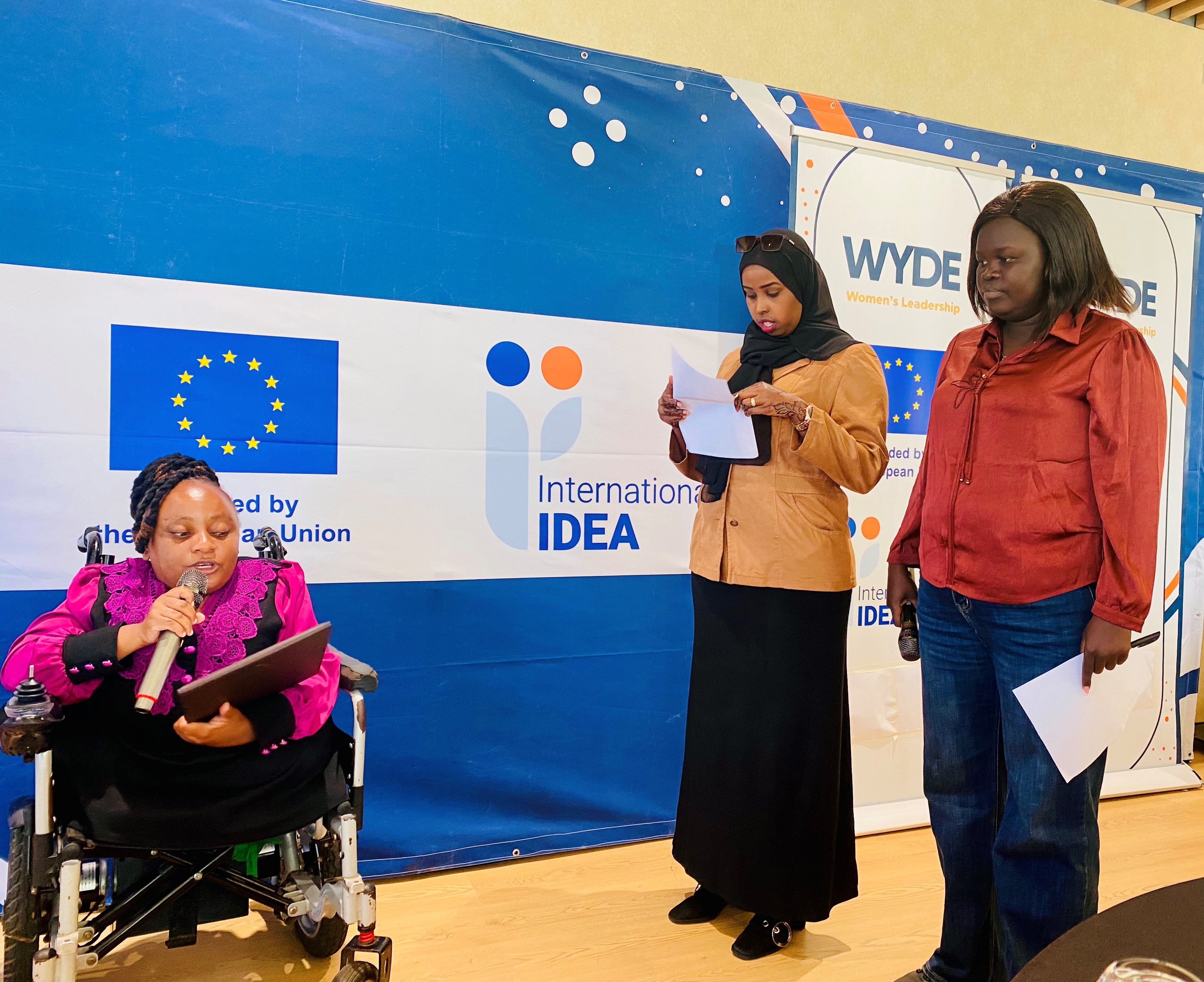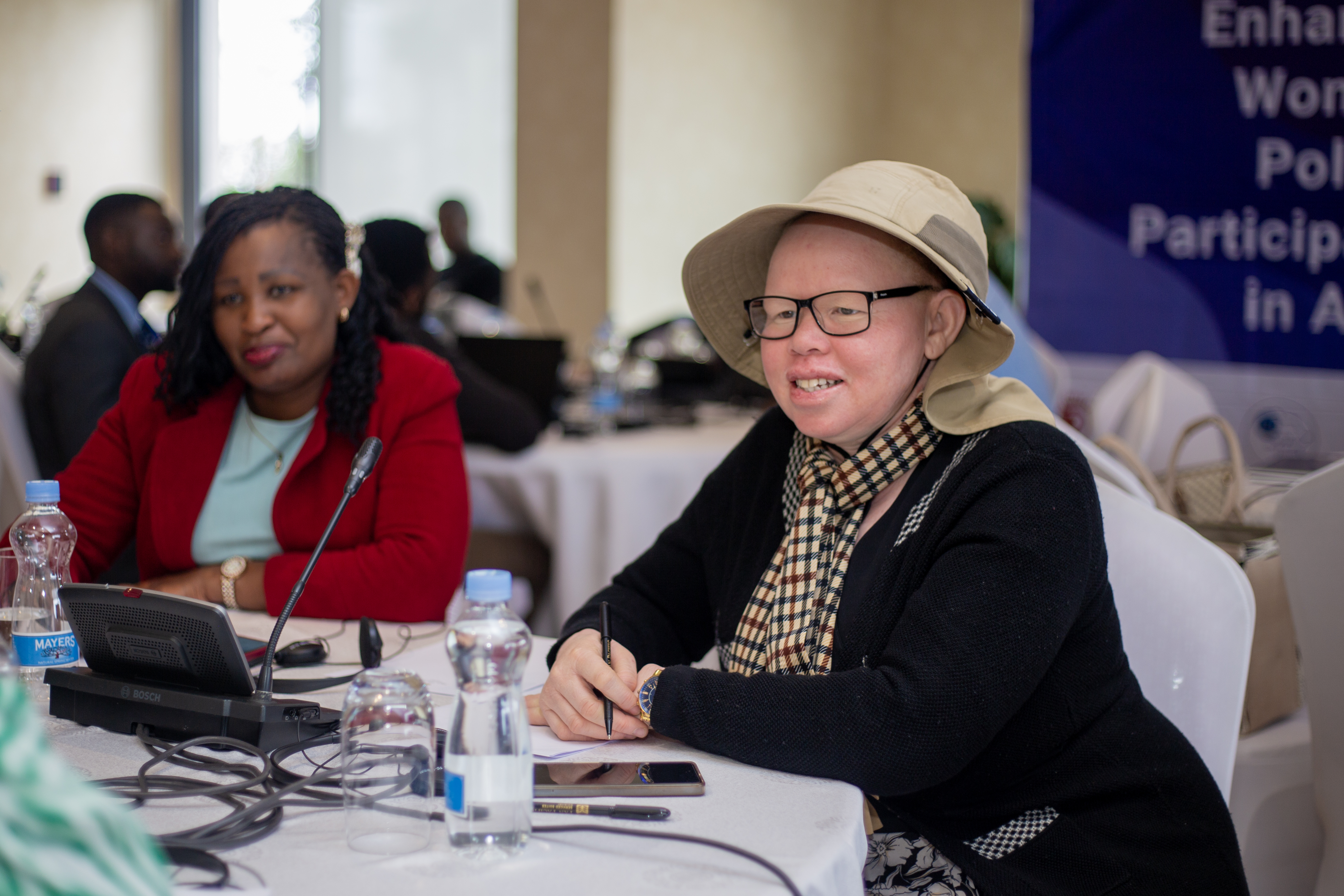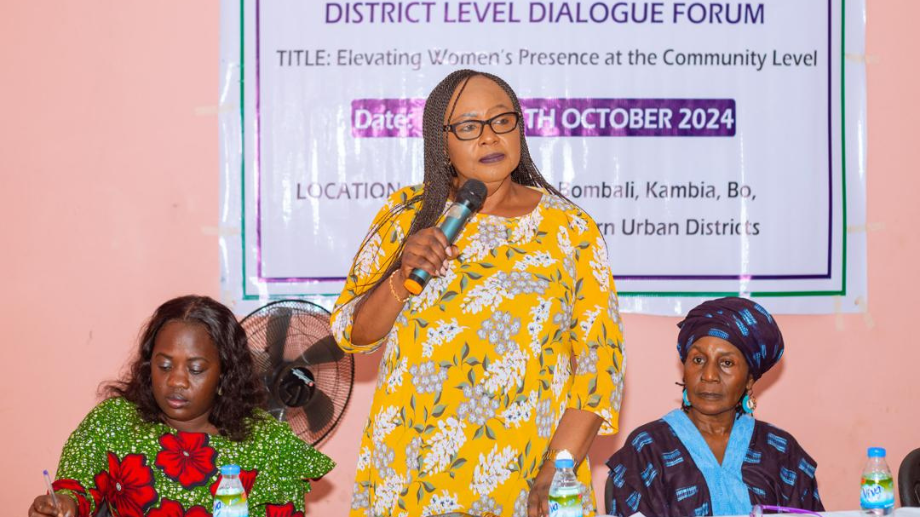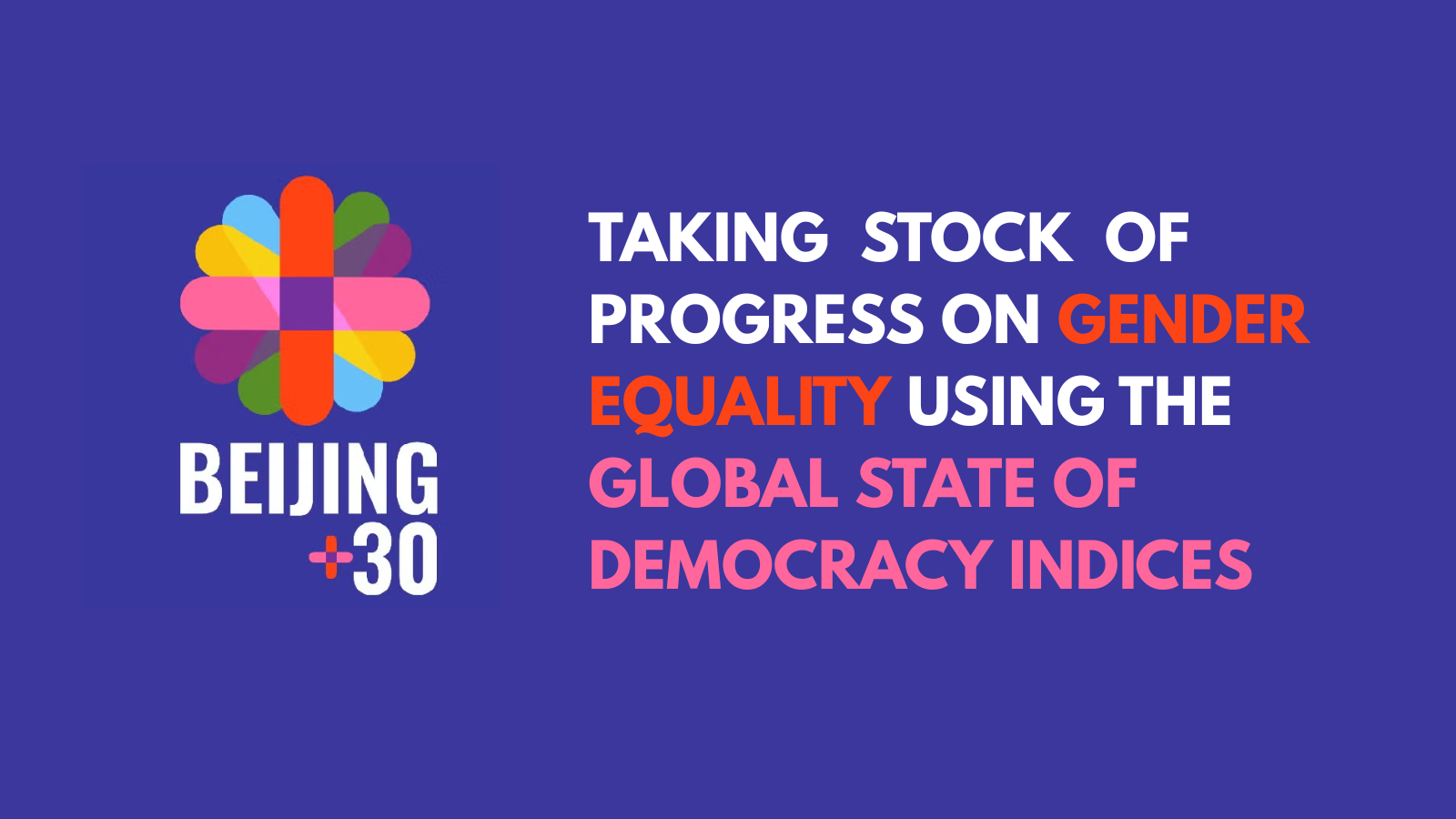Follow the money: three ways to get money back from crooks

Yachts. Cars. Cash. Around 3.5 million euro held by former Tunisian President, Ben Ali, was returned to the country in May 2015 after Swiss authorities joined efforts with their Tunisian counterparts to seize his stolen assets.
And this is not a one-off case. The grip on corrupt public officials is tightening, making it increasingly difficult for them to hide their spoils. In the UK, for example, the Criminal Finances Act that came out on 30 September “will make it easier to seize the loot of crooked bureaucrats and con artists”, according to The Economist.
Confiscating and returning the proceeds of corruption is arguably the single most efficient way to fight this crime. Democracy’s resilience, in turn, is directly linked to the capacity of states to curb corruption and restore citizen trust in politics.
However, coordinating successful asset confiscation and recovery is a major challenge. There is an inherent reluctance among police officers from different countries to work together. Some of them come precisely from places largely tainted by corruption. It is not easy to separate friends from foes under those conditions.
Against this backdrop, countries have been setting the foundations to improve country-to-country assistance and open new communication channels to return stolen assets, under the framework of the Open-ended Intergovernmental Working Group on Asset Recovery. The Group meets under United Nation Office on Drugs and Crime (UNODC) auspices. The last meeting took place in August in Vienna; International IDEA joined as an observer.
Three main lessons can be distilled from the discussion.
- Proactive and timely sharing of information should to be prioritized.
The key ingredient in most success stories in this area was timing. From Peru to Libya to Nigeria, when collaboration kicks-off early enough, authorities manage to secure evidence, freeze accounts and follow suspects.
Indeed, information should not only be granted upon request. It should also be shared spontaneously. Such information exchange pivots on mutual legal assistance. According to a note prepared by the UNODC Secretariat, “law enforcement cooperation provides the practical avenues through which the spontaneous transmission of information is realized”.
While, technically, countries do not require special national legal provisions to hand in information—the United Nations Convention against Corruption (UNCAC), ratified by most countries in the word, should suffice—, these measures help. If a bureaucrat doubts the legality of sharing sensitive information, that person would naturally choose to stay on the safe side. Alas, today only a few countries have adopted these types of provisions on spontaneous disclosure, as the note mentions. There is still some ground to cover here.
Beyond the legal obstacles to provide information, a good level of trust between counterparts is vital. “Law enforcement networks and secure platforms play an essential role”, according to the same UNODC note. The Egmont Group, a network that brings together the world’s Financial Intelligence Units; the Camden Assets Recovery Interagency Network, an international informal cooperative network concerned with assets recovery; and international police organizations, such as Interpol, are outstanding examples of effective law enforcement collaboration.
- Direct and indirect victims of corruption should be identified and compensated.
Defining who victims are and how they should be compensated is not an easy task and UNCAC does not provide detailed guidelines. Yet there is agreement that a “victim” encompasses a comprehensive pool of people, entities and States, and that compensation should be granted not based “on a narrow interpretation of damage, but on a full analysis of the broader harm caused by an act of corruption”, as the UNODC Secretariat noted in a recent study.
Quantifying compensation is another daunting task. What is the extent of damage that corruption causes? How should indirect or in-kind damage be factored in? The Stolen Asset Recovery Initiative, a joint effort by UNODC and the World Bank, considers “damage” to cover not only direct financial harm, but also social, environmental, moral or reputational loss.
The same UNODC study also highlights that the wide variety of possible corruption victims requires an equally wide spectrum of options for these victims to seek compensation. In some instances, victims cannot act on their own. Allowing NGOs to act on their behalf could give them the voice they often lack and, with time, empower them. Most importantly, securing assets before criminals have time to hide them is critical to ensure compensation. Pre-trial seizure of assets is one means to achieving that.
- Once seized and confiscated, assets must be efficiently managed.
Securing the return of corrupt assets is not like winning the lottery. What can authorities do with a villa in Spain? With a private zoo full of exotic animals? With a football team? The problem is not only making the most out of these goods, but preventing the potential trickle-down corruption these resources entail.
As the UNODC Secretariat notes in a second study, strong oversight is the basic requirement for a robust asset management system. Transparency and accountability add strength. Wide public scrutiny and IT tracking platforms are good ways to achieve this.
Unfortunately, some places still lack the most basic elements to manage returned assets. These include designating a competent national authority, asset managers for complex situations, and a dedicated fund for the deposit of assets.
Designating a competent national authority is good for business. As the same study mentions, “in Romania, the establishment of the Asset Recovery Office, within the Ministry of Justice in 2011 led to an increase of over 300 per cent in the value of seized assets and over 400 per cent in the value of confiscated assets in subsequent years”.
Designating asset managers is also critical. This is an area where the private sector can join forces with the state, as they often have the required, specialized skills. But all this may be costly. A dedicated fund to cover these expenses, itself funded with previously recovered assets, is a smart way to ensure a smooth asset management administration.
Most significantly, taking care of seized assets not only involves managing them once law enforcement authorities have declared their criminal origin. Protecting their value during the investigation is also key. The challenge is balancing the need to protect the assets with covering the costs involved in their management. Seizure is therefore not always the best way. Alternatives include freezing them, or allowing the owner to retain access but under strict restrictions.
What comes next?
Countries will continue sharing their progress in the anti-corruption field later in November in the framework of the annual UNCAC Conference. Improvement in asset recovery will surely feature high in the discussions. International IDEA will again join as an observer to gather more insights and share its own knowledge of supporting democracy. Recent experiences like the Swiss-Tunisian collaboration to return President Ali’s fortune or the UK enactment of the Criminal Finances Act should be leveraged to ensure that anti-corruption efforts translate into results. The resilience of democracy is at stake.




